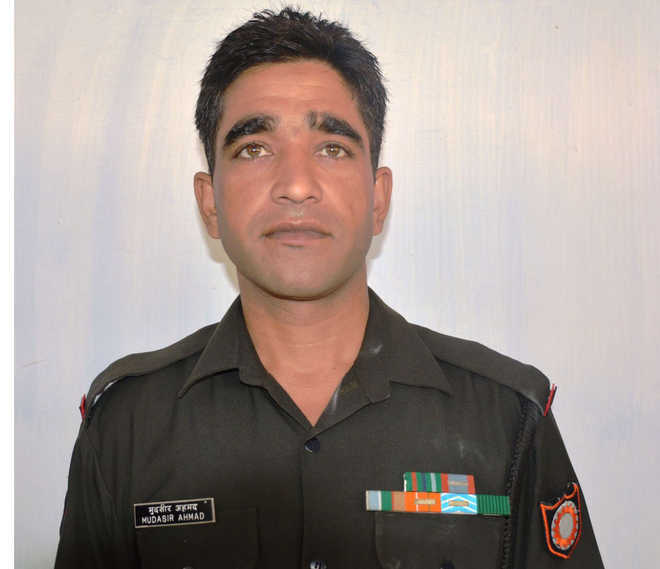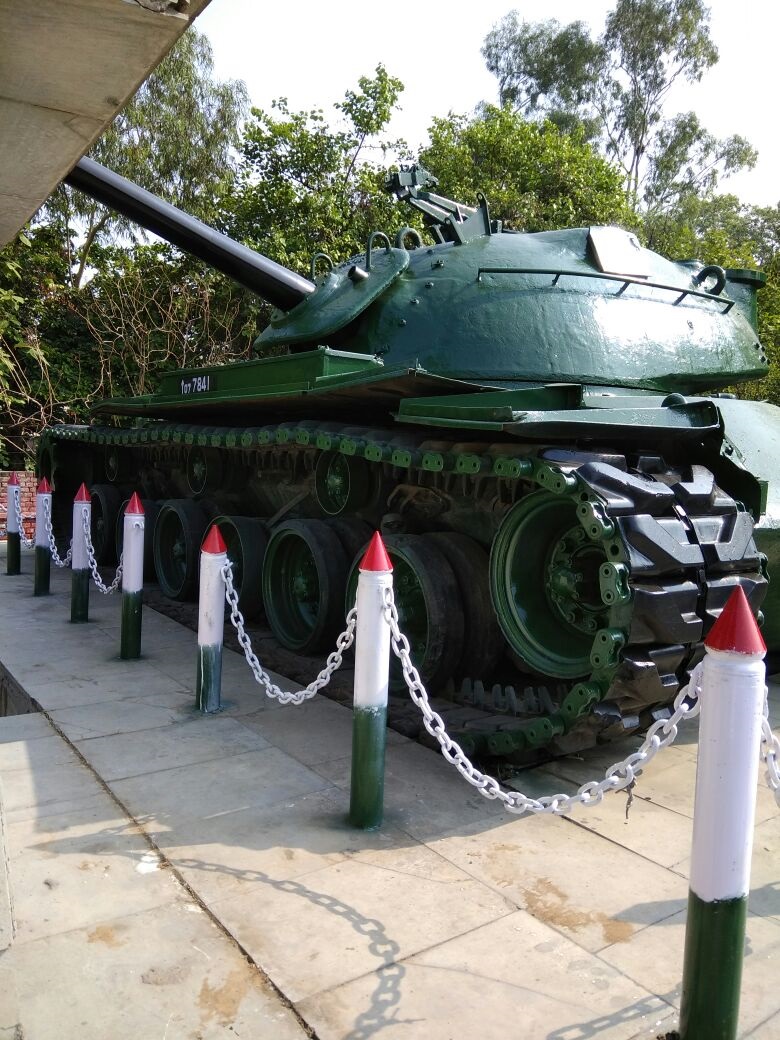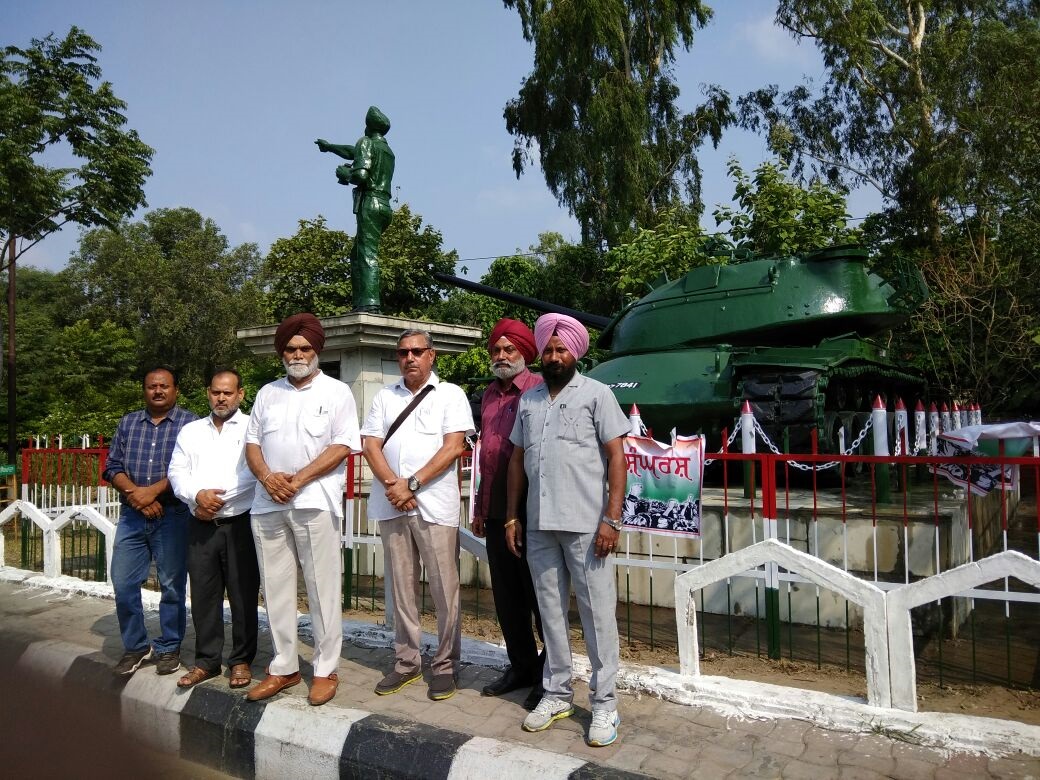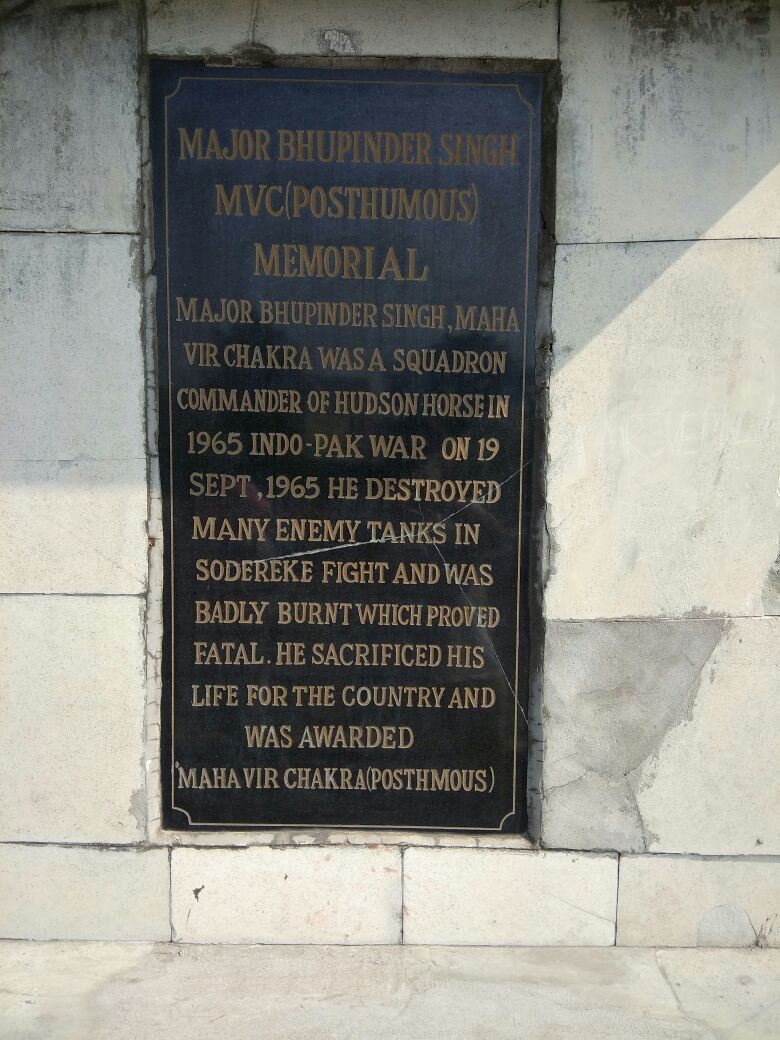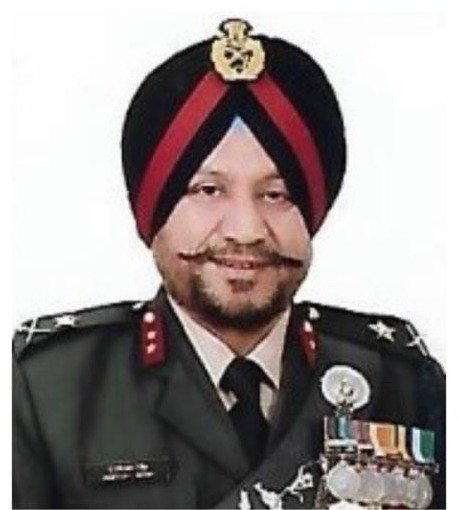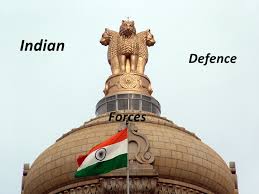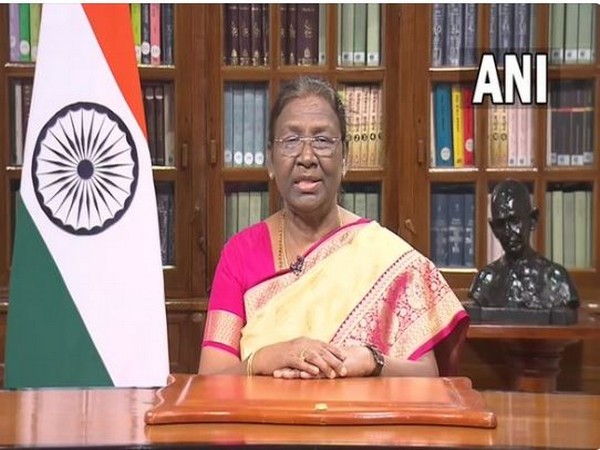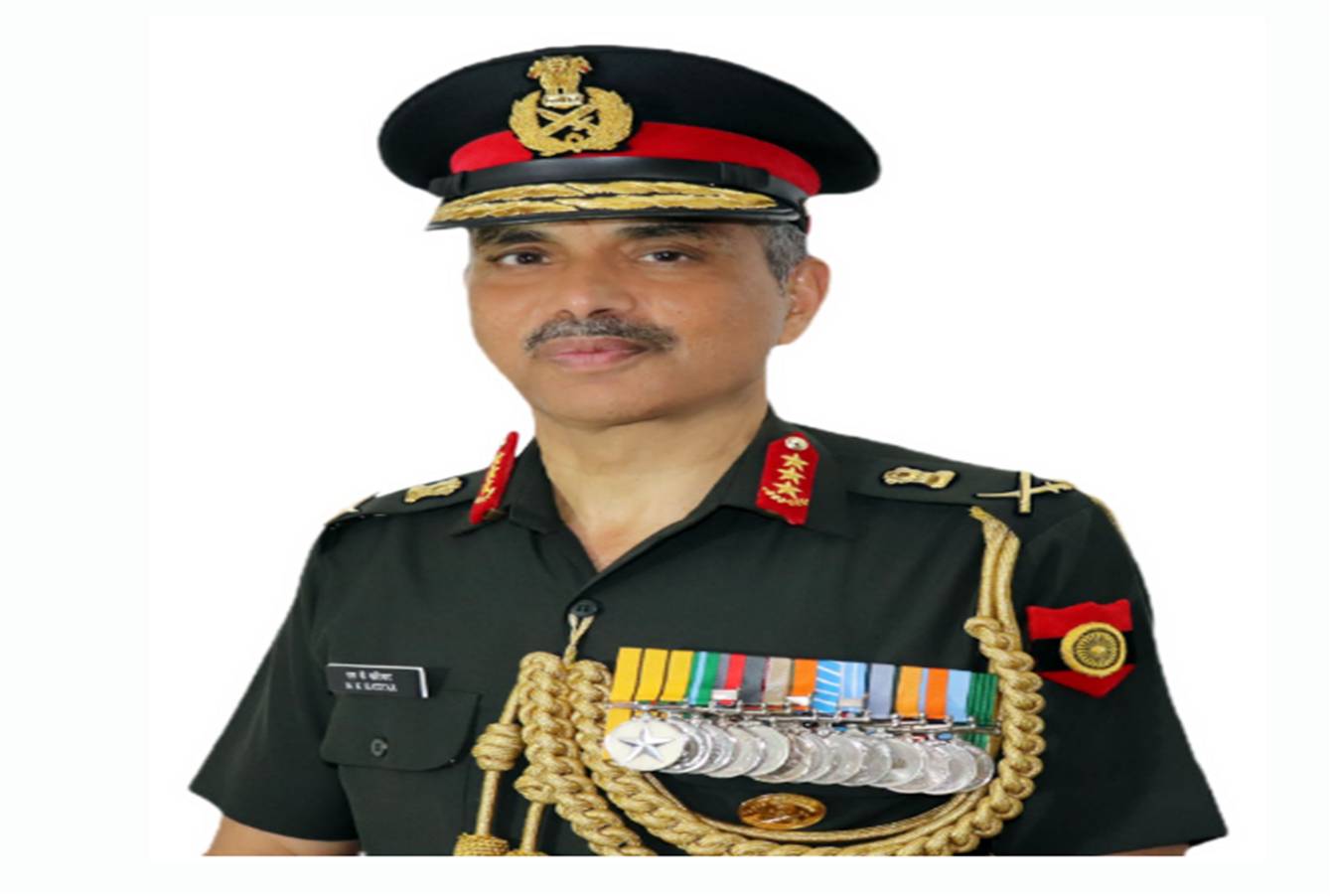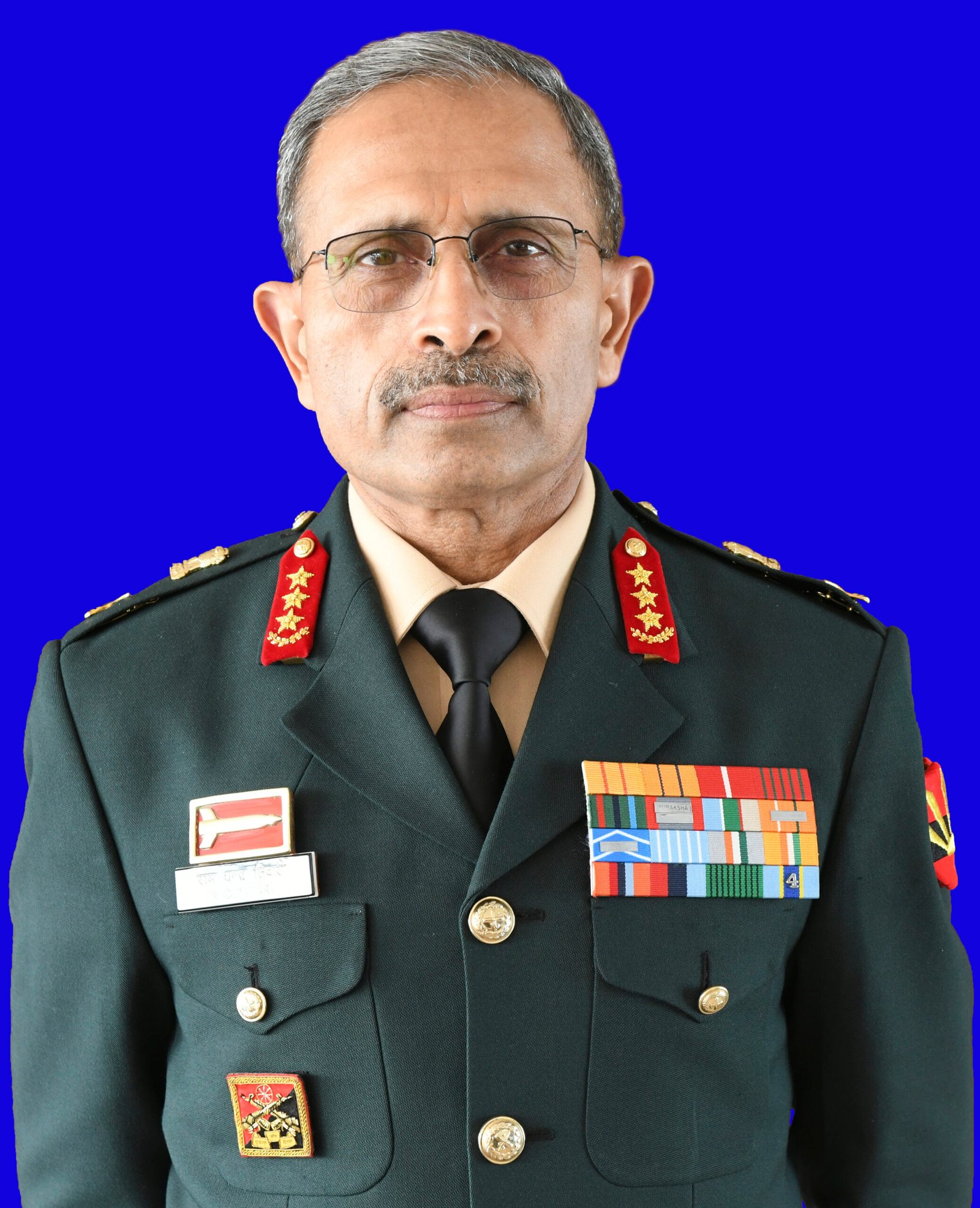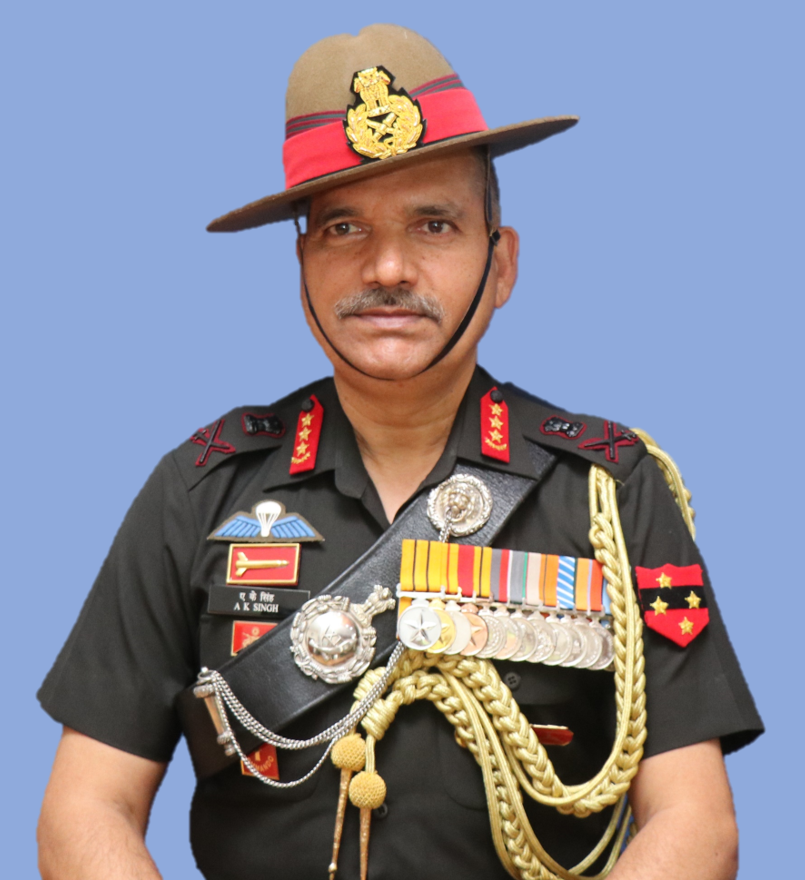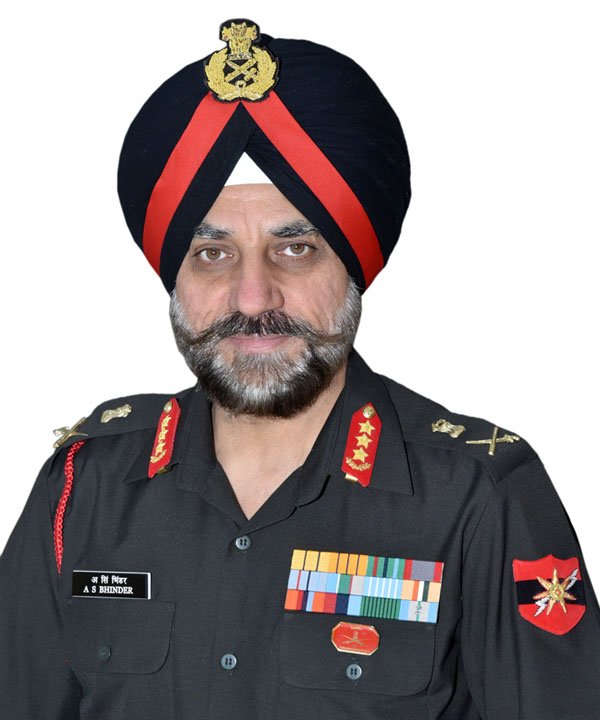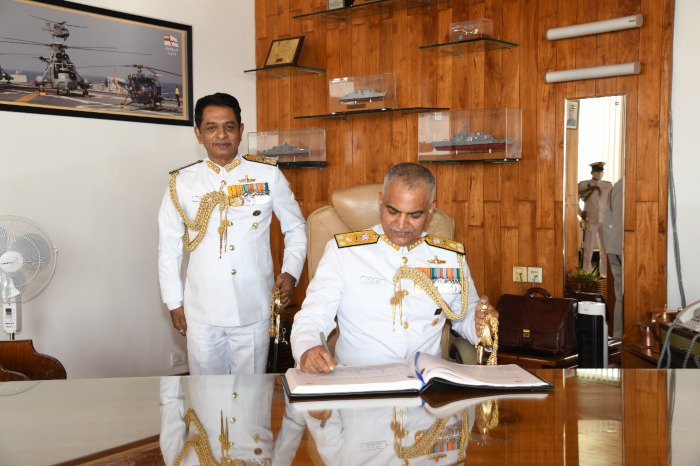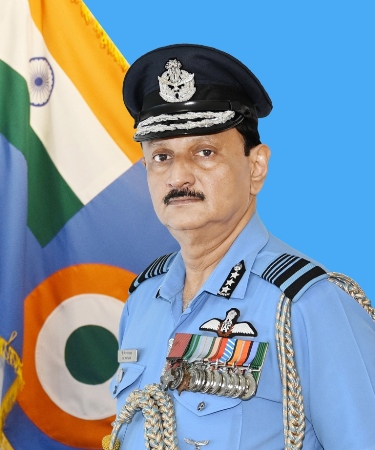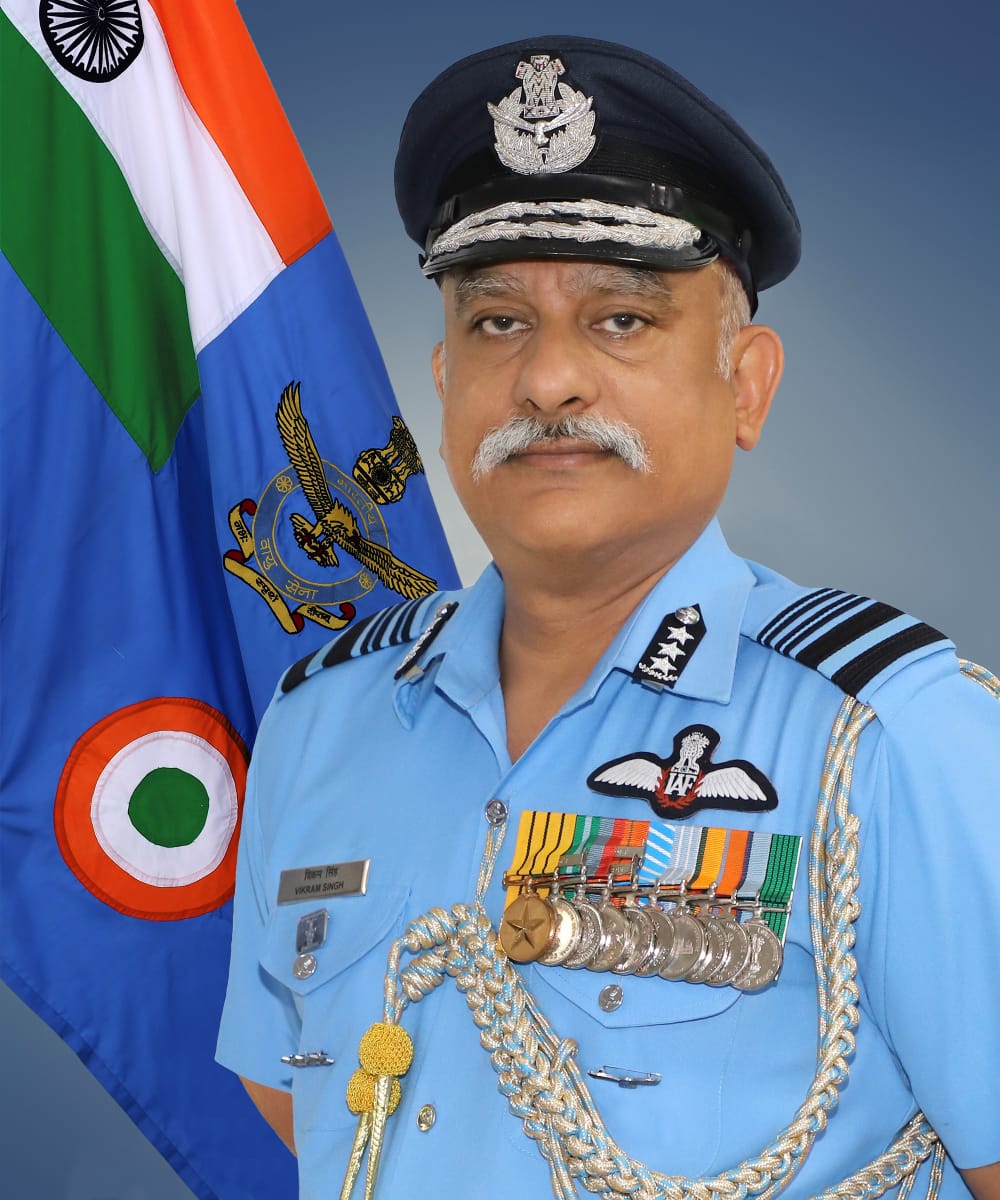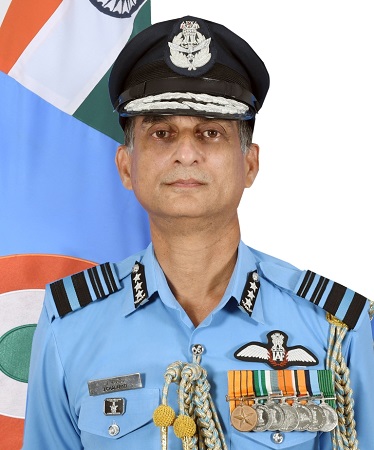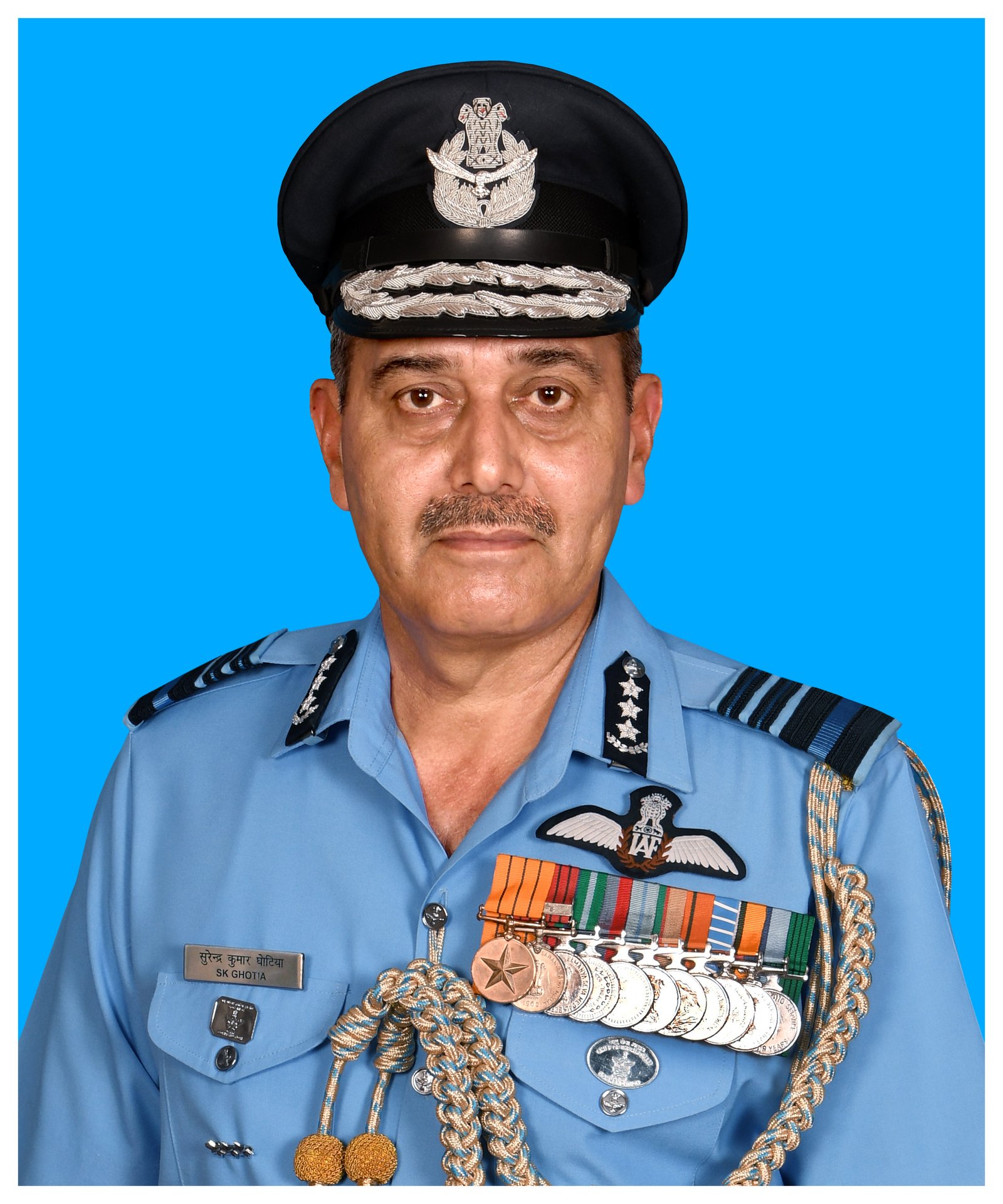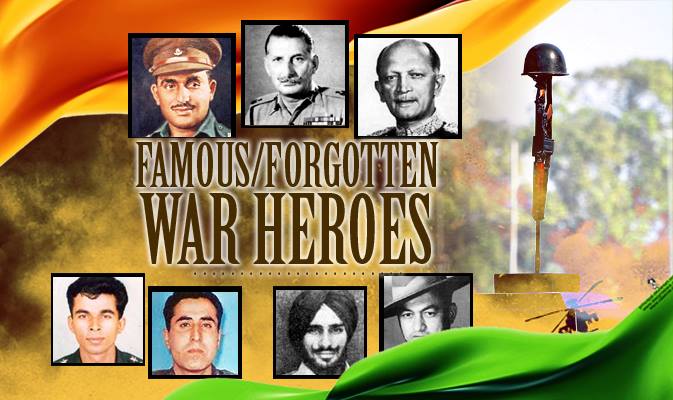
BrahMos weapon system. — PTI file photo
New Delhi, July 28
Missile systems that were to be installed at six locations, apparently along the India-China border between 2013-15, have not yet been installed, a CAG report said on Friday.
(Follow The Tribune on Facebook; and Twitter @thetribunechd)
This revelation comes at a time when a standoff between Indian and Chinese troops continues along the border in the Sikkim sector.
A report of Comptroller and Auditor General, tabled in Parliament on Friday, without naming the sectors or air bases where the missiles were to be installed, pointed at the delay in installing the missile, manufactured by Bharat Electronics Ltd (BEL).
“Based on the threat perception, the Government of India in 2010 had envisaged induction of Strategic missile system for the IAF, in the ‘S’ sector to create deterrence. This deterrence capability was planned to be put in place between June 2013 and December 2015 in a phased manner.
“But till date, even after four years, this urgently needed capability has not been created and the strategic objective remains unachieved. This was primarily due to the abnormal delay in creation of the infrastructure required for installation of the missile systems. About Rs. 4,000 crore has already been spent for the purpose,” said the government auditor’s report.
While the report did not name the missile or the exact area where it was to be deployed, according to sources, the ‘S’ sector is under the Eastern Command of Indian Air Force, which covers the area along India-China border.
The report, referring to the missile system, as a “medium range, supersonic, surface to air missile system with capability to engage a wide variety of aerial threats within a range of ‘X’ km”. It also said that the missile system has been developed by Defence Research and Development Organisation (DRDO) for the Indian Air Force (IAF) and is produced by BEL.
While the IAF refused to comment on which missile system it was, the reference is likely to the Akash missile systems, developed by the DRDO and produced by BEL.
The report said after clearance from the Cabinet Committee on Security, the missile systems were inducted in “A command” and “B command” in October 2014 and March 2015.
In an apparent hint that the sector being referred to is along the China border, the report said in 2009, Indian posture in aS’ sector was changed from ‘Dissuasive’ to ‘Deterrence’, due to build-up of large scale military infrastructure by the adversary.
Around the same time, India moved from policy of ‘dissuasion’ to ‘deterrence’ against China, which was later reflected in the Long Term Integrated Perspective Plan 2012-2027.
The report said that the Cabinet Committee on Security in November 2010 had approved procurement and induction of six squadrons of this “strategic” missile system from BEL to be located at six IAF stations in the ‘C’ Command, at a total cost of Rs 3,619.25 crore, along with approval for creation of necessary infrastructure, like missile preparation and storage facility, ramp structure and workshop at a cost of around Rs 100 crore.
“Though the need for creating deterrence capability in the ‘S’ sector was recognised in 2009 and a contract for procurement of strategic missile system was signed in December 2010, the strategic missile system were not yet inducted at any of the six locations as of March 2017,” the CAG said.
The reasons the report gave for the delays included delay in creation of infrastructure at the site, which includes building for storage, and the work was not complete till October 2016. At two stations which were not named, 85 to 90 percent construction was finished but it was not taken by IAF due to problems in construction.
Site Acceptance Test for the missiles, which is supposed to be completed within 30-60 days of delivery of the system, was done only at three of the six sites, and that too after delays ranging from seven months to one year.
Hence, performance of the missile system supplied was yet to be fully tested and accepted for use, it said, adding that the delay in creation of infrastructure for storage led to detrioration in the missile systems. — IANS






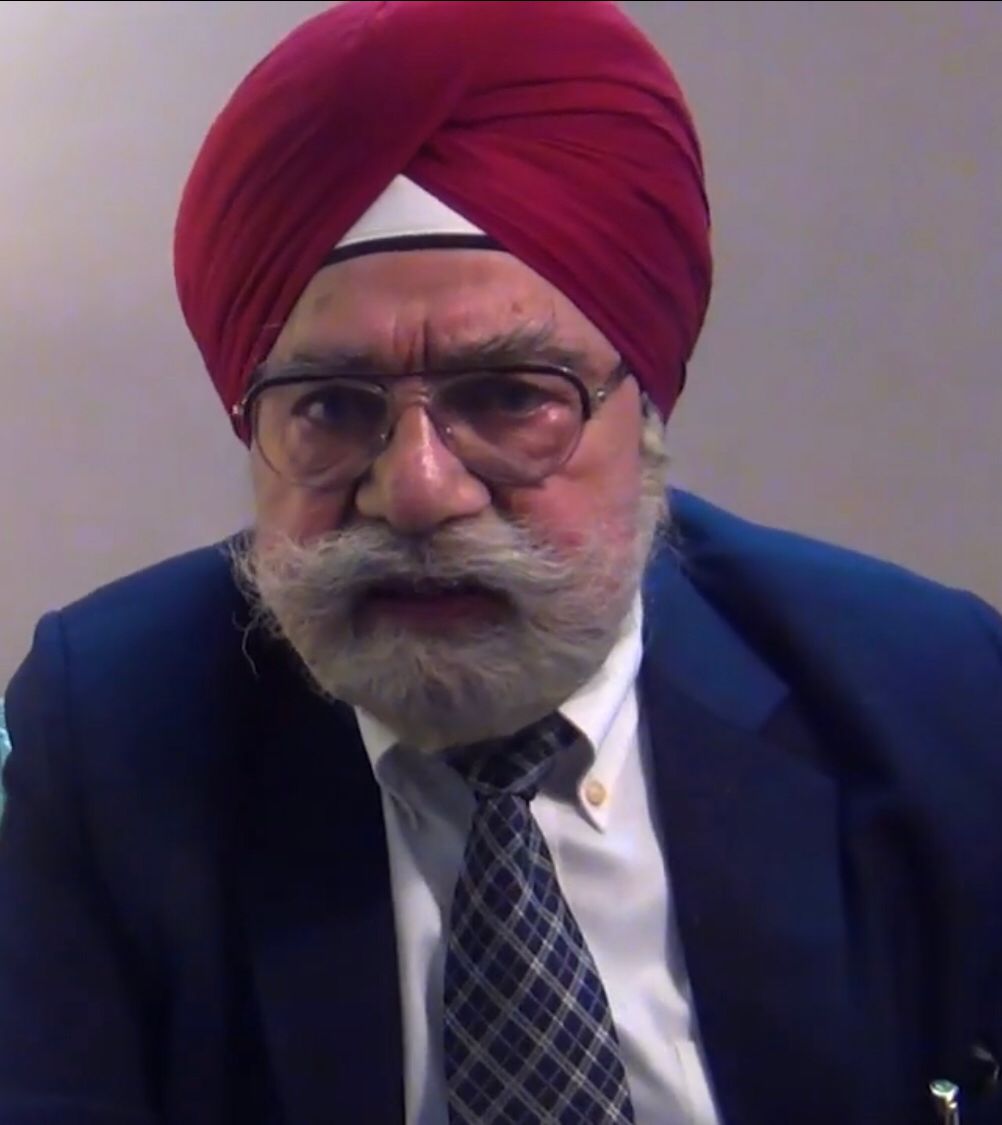


 GLOBAL TIMES FILE
GLOBAL TIMES FILE